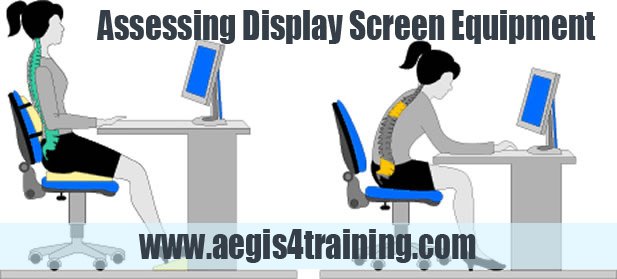
Adults at risk are people who are vulnerable because of their mental health, physical disability, age or illness. They may find it difficult to protect themselves from abuse. Everybody can help adults at risk to live free from harm.
Social care plays an important role in helping people with care and support needs to live full lives, free from abuse and neglect. This includes preventing abuse, minimising risk without taking control away from individuals, and responding proportionately if abuse or neglect has occurred.
Local authorities, care providers, health services, housing providers and criminal justice agencies are all important safeguarding partners.
Aegis4training is having this online training course, for anyone who encounters adults at risk of abuse in the community, in a person’s own home, in a hospital, in a day care or residential setting. This includes formal and informal carers, volunteers, health and social care professionals.
- Discover how values and attitudes can block recognition and effect the decisions professionals make regarding taking action.
- The course reflects on the law, including key legislation and guidance regarding issues of consent and duty of care.
- Assured that  you will be trained adequately in the issues surrounding the safeguarding of adults at risk in just a few hours with this online training.
- Explore commonly held attitudes towards adults at risk and how these impact on the service provided.
- The training outlines the signs, indicators, definitions and types of abuse including unintentional harm.
- Finally, it is explained what to do if you have any concerns, what your responsibility is, what happens next and the role and responsibility of managers.
This course also package with scenarios to assist you to think about what you would do in a given situation.
Lessons includes the following:
- Learning Objectives
- Overview
- Definitions and Useful Terms
- Relevant Regulations
- Roles and Responsibilities
For more details you can go to www.aegis4training.com



